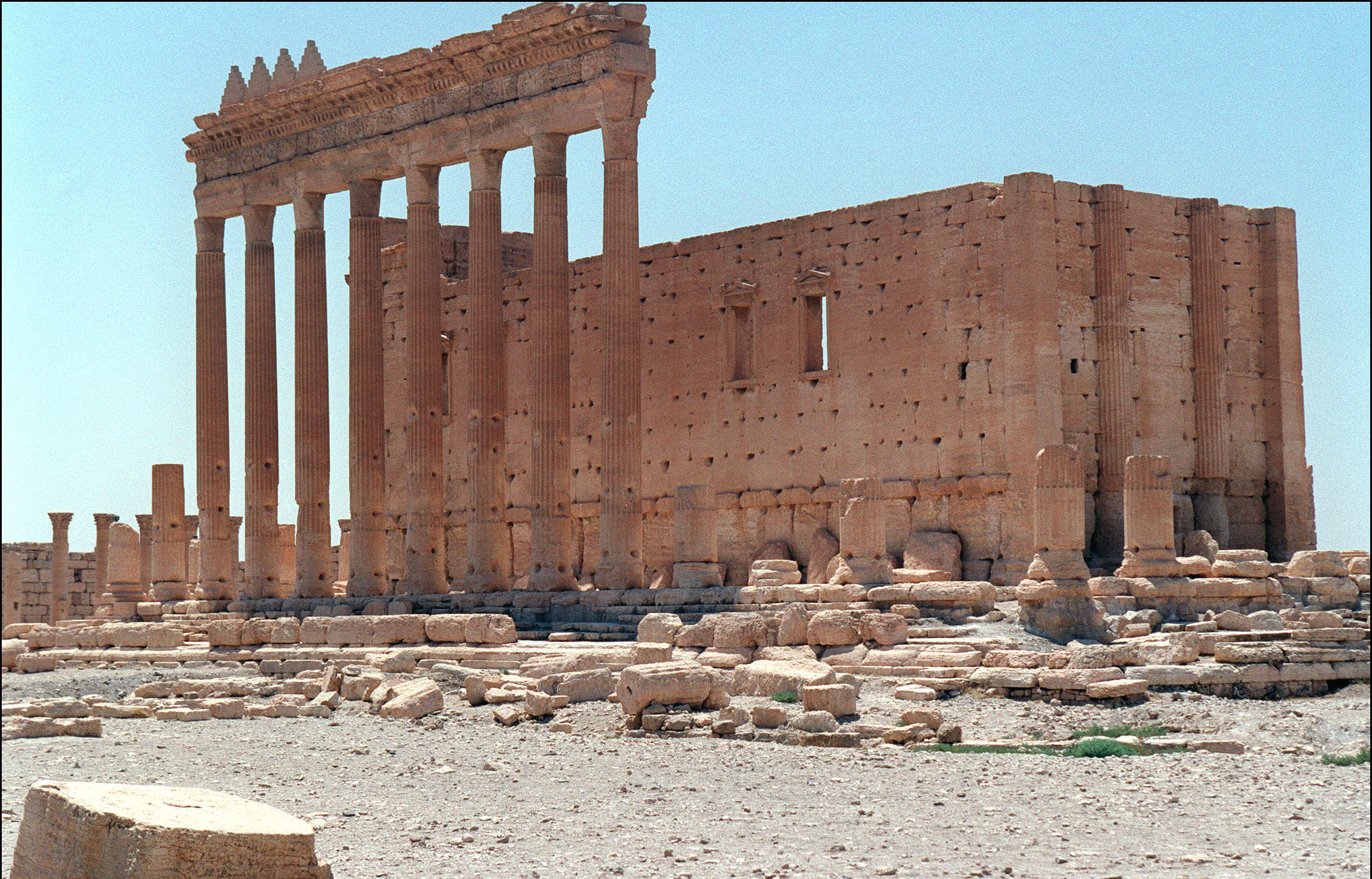Images Purportedly Show ISIS Destroying Ancient Syrian Temple
ISIS apparently continuing its systematic destruction of ancient ruins.
— -- A day after reports surfaced that ISIS demolished a 2,000-year-old Syrian temple, images of the purported destruction have begun circulating on social media accounts associated with the terror group.
As dread over the fate of the ancient city of Palmyra continues to mount, the series of photos, which appear to have been screen-grabbed from a propaganda video, show how militants destroyed the Temple of Baalshamin.
ABC News has not independently confirmed the authenticity of the images.
THE IMAGES WERE RELEASED BY SOCIAL MEDIA ACCOUNTS CONNECTED TO ISIS AND PURPORT TO SHOW THE DESTRUCTION OF THE 2,000 YEAR OLD TEMPLE OF BAALSHAMIN IN PALMYRA, SYRIA.
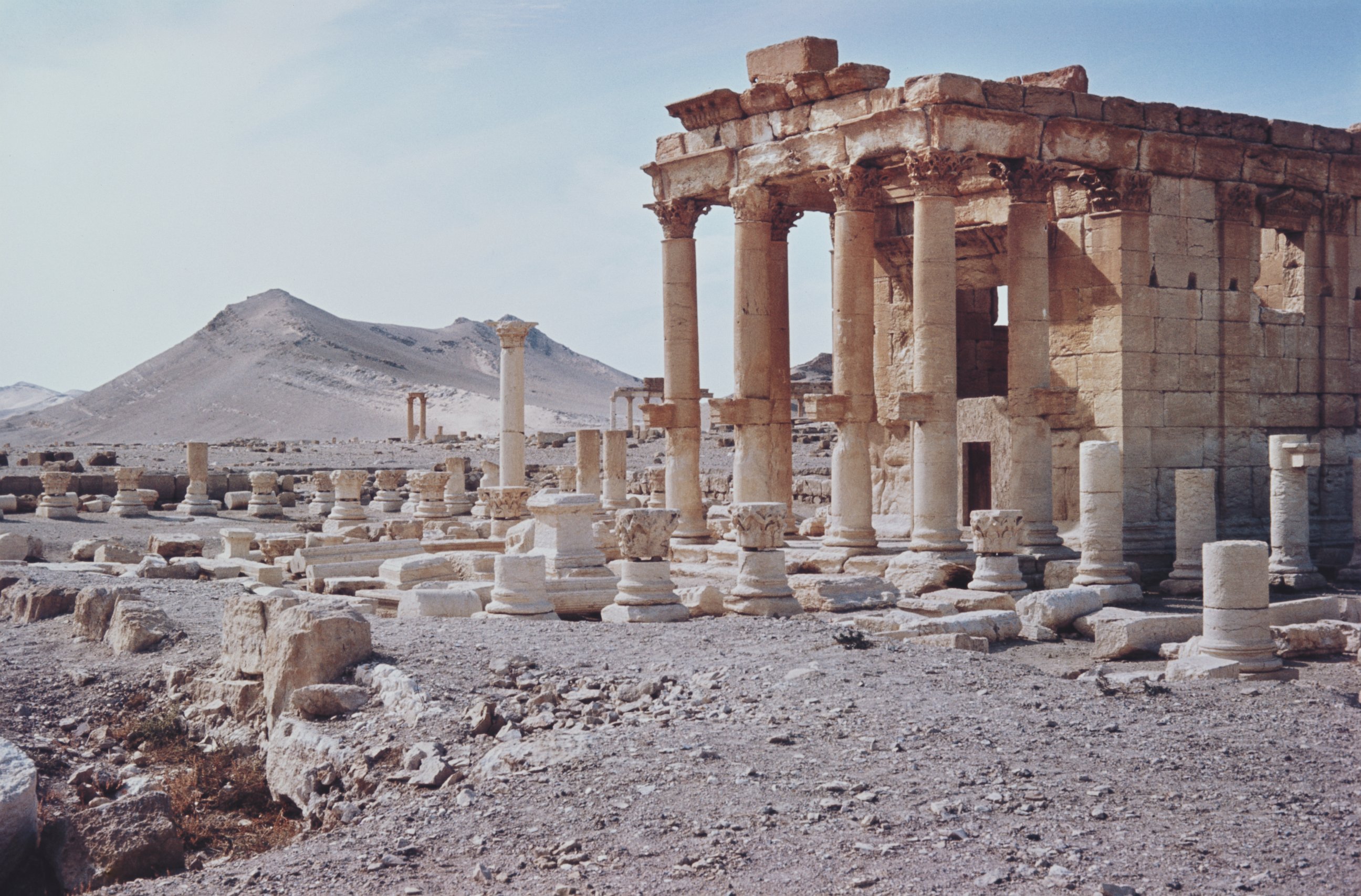
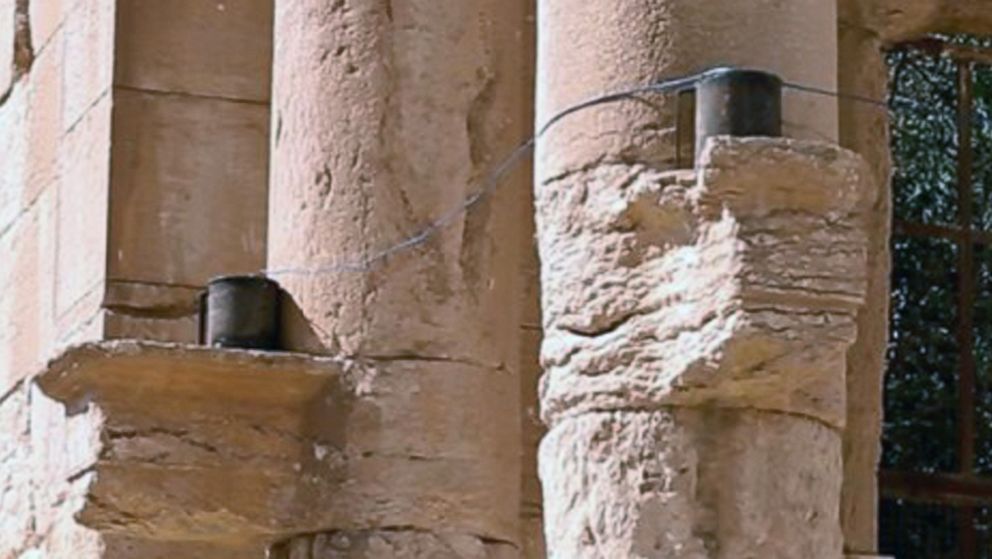
UNESCO Director General Irina Bokova called the act “a new war crime” for ISIS, and “an immense loss for the Syrian people and for humanity.”
“The art and architecture of Palmyra, standing at the crossroads of several civilizations, is a symbol of the complexity and wealth of the Syrian identity and history,” Bokova said in a statement. “I call on the international community to stand united against this persistent cultural cleansing.”
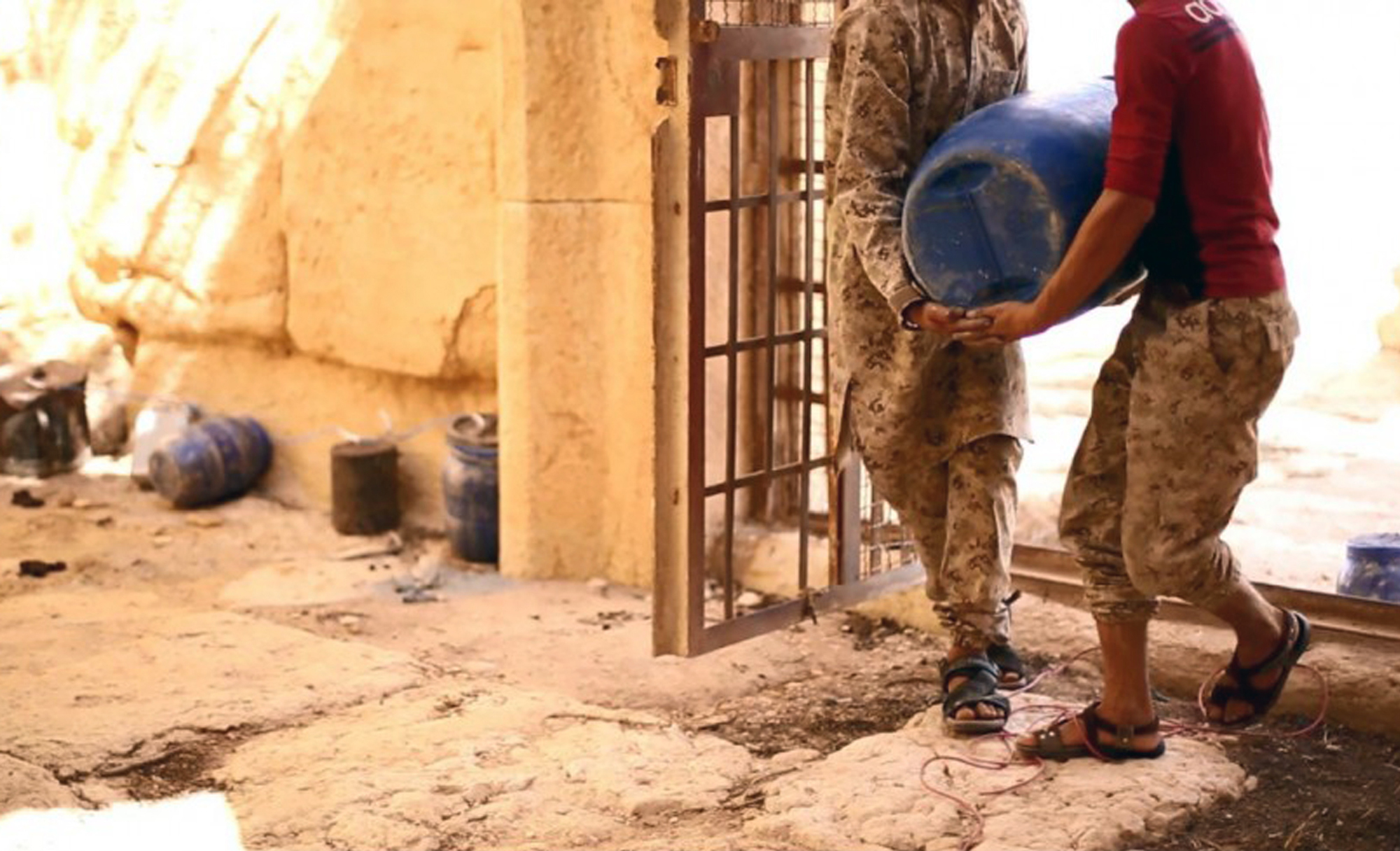
Palmyra is a designated World Heritage site, but was taken over by the Islamic State group in May. Khaled al-Asaad, who was director of the city’s antiquities since 1963, assisted in evacuating many of the city’s treasures before militants could loot them and sell them to fund their activities.
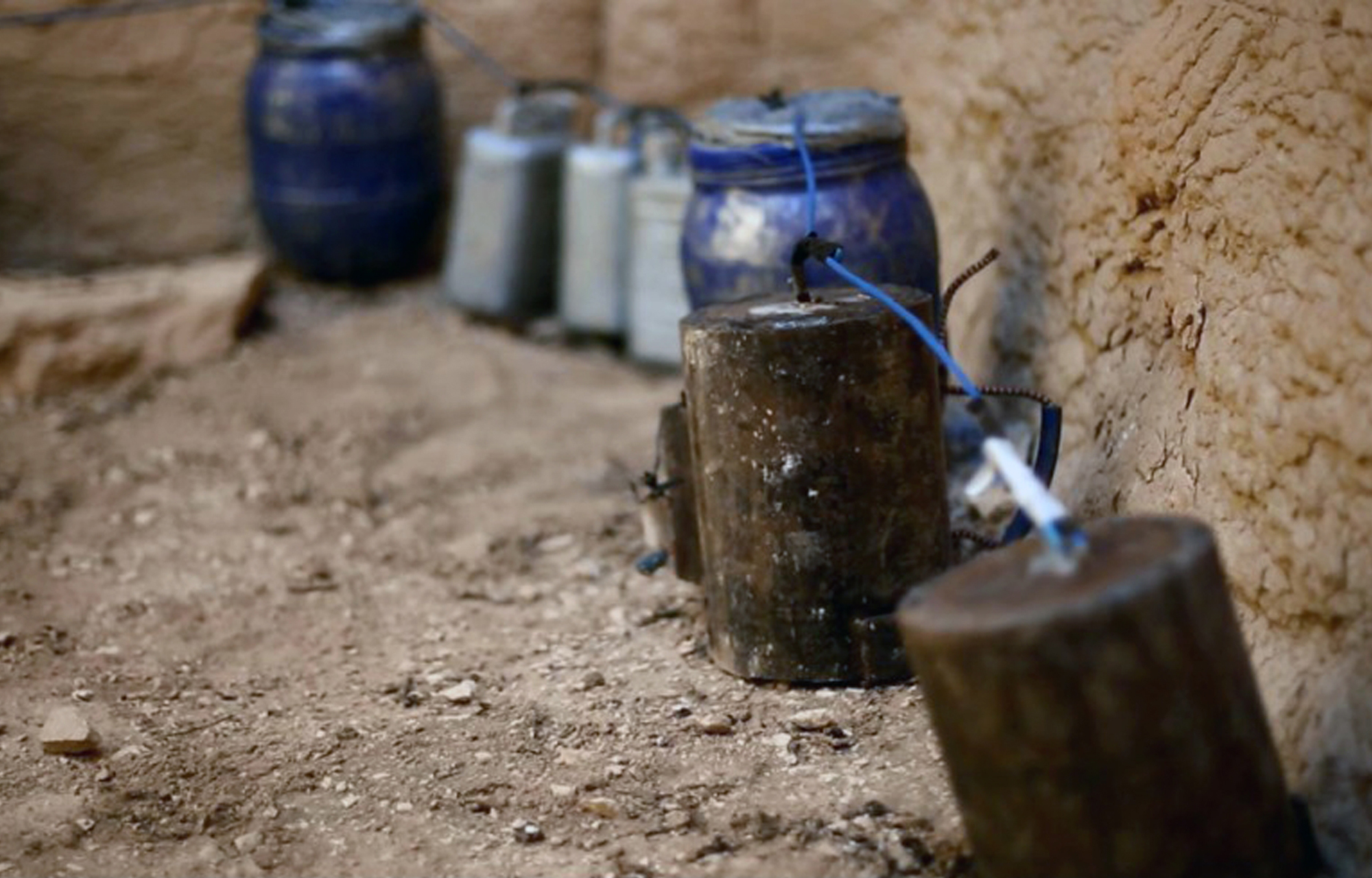
Asaad's friends told ABC News last week that after he stayed behind to protect the city’s ruins, he is believed to have refused to collaborate with ISIS in divulging the details of other hidden treasures in the site.
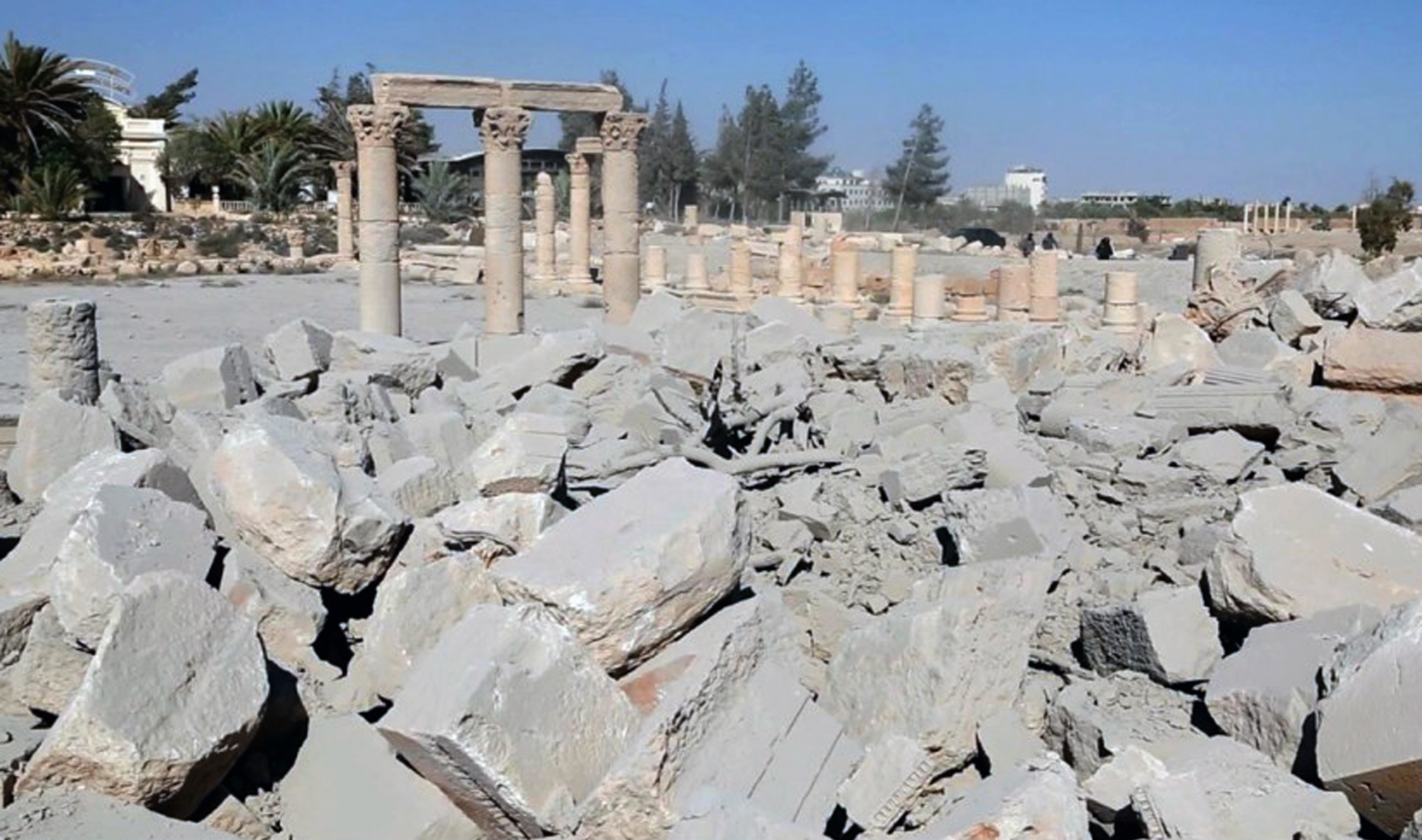
The 81-year-old was then publicly executed and hanged from columns inside the city.
Over the past year, ISIS has released multiple videos showing militants’ destroying ancient artifacts and bulldozing historical sites, with narrators explaining that the preservation of ancient ruins constitutes worship of idols.
Idolatry is a sin punishable by death, according to ISIS theology.
In an email exchange Thursday with ABC News, Syria's Antiquities Chief Maamoun Abdulkarim said there are worries that ISIS will destroy the iconic Temple of Bel next.
“The local community in Palmyra are playing now an important role to convince ISIS members that this temple was transferred to a mosque since the 14th century,” Abdulkarim said, adding there is little optimism that reasoning will help.
“I am sure ISIS will continue the destruction in Palmyra,” he said. “Sometimes they destroy for revenge from the international community and sometimes as a type of propaganda to show their force. These gangs and their sick ideology will continue to destroy our cultural heritage as long as there is no strong deterrent.”
